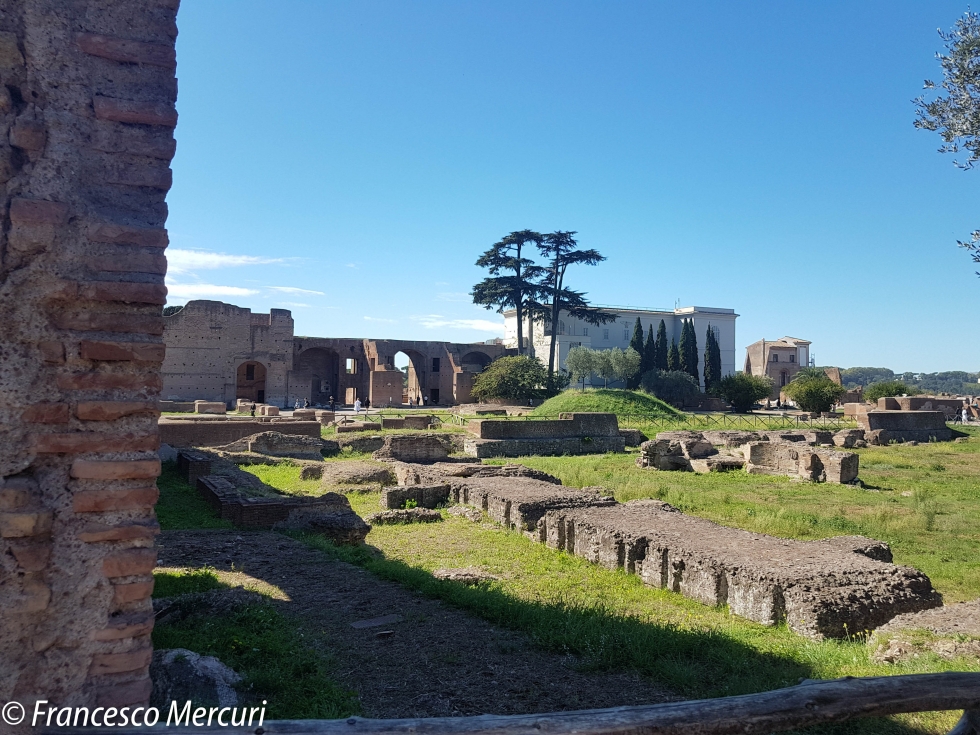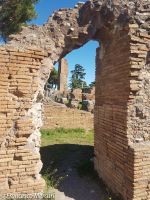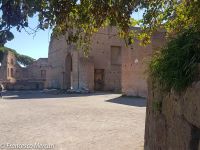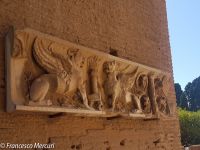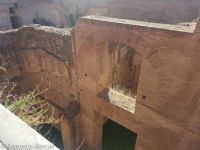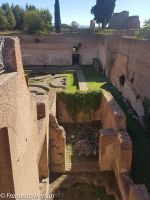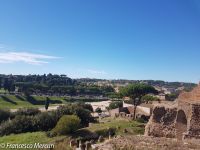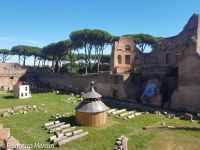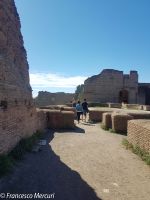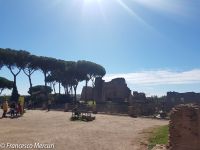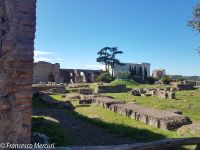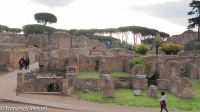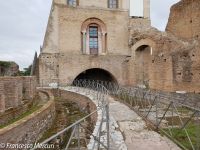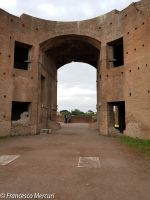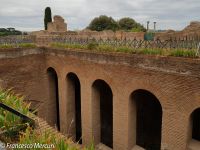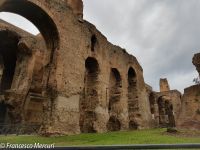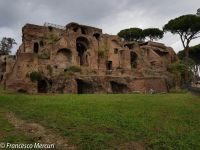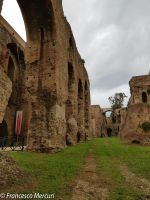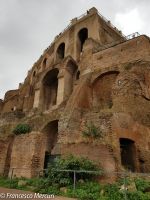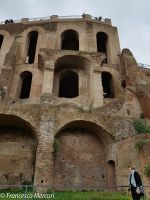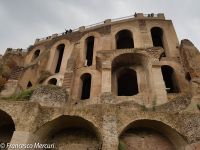Here resided important figures of the Republican period (509 B.C. – 27 B.C.), politicians, literati and orators (Cicero, Quintus Hortensius and Mark Antony). During the Imperial period Octavianus Augustus, the first Emperor (he founded the Empire in 27 B.C. and died in 14 B.C.) decided to dwell there, making the Palatine the centre of power. Many other Emperors - such as Tiberius, Caligula, Nero and Septimius Severus - decided to follow his example and to settle on the hill. That’s why nowadays tons of tourists are astonished by the greatness of the ruins of the Imperial villas. Centre of power indeed! Here are some of the most spectacular remains on the Palatine: the “Domus Augustana”, the “Flavian Palace”, the “House of Livia” (from the name of Augustus’ wife and famous for its beautiful paintings) and the “House Grifi”, the “Cryptoporticus” (the far end of an underground tunnel that went from the “Domus Aurea” to the Palatine) and the “Stadium of Domitian”. After the fall of the Western Roman Empire, the hill became the headquarters of the King of Goths Theoderic first, and then a huge quarry of travertine and stones. During the Renaissance it revived thanks to the Farnese family, who built the wonderful “Orti Farnesiani” on top of the remains of the “Domus Tiberiana”, giving us one of the most beautiful and suggestive sights in Rome. From there it is possible to admire the beauty of the political and administrative centre of the Ancient Rome, and other important cultural sites such as the Altar of the Fatherland, the Colosseum, the Imperial Fora and the Trajan’s Market. The sight is breath-taking. An interesting fact: the Italian “palazzo”, English “palace”, French “palais” and Spanish “palacio” seem to come from the Latin name of the highest part of the hill “palatium”, then adopted to define big buildings.
Giuseppe Rosselli




